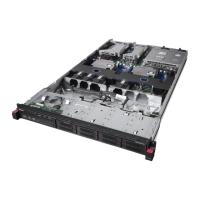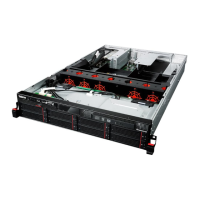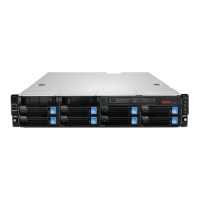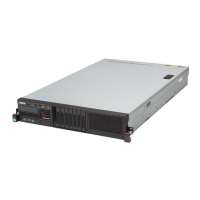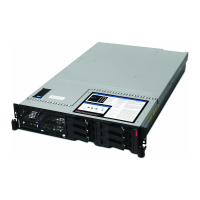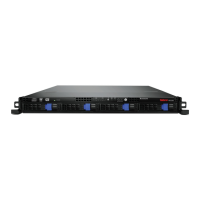Page 237
MegaRAID SAS Software User Guide Chapter 6: MegaRAID Storage Manager Overview and Installation
| MegaRAID Storage Man-
ager Support and Installation on VMWare
Which one of the two possibilities to choose depends on your application. It is
recommended to choose between both possibilities at a early stage, because the
creation of a new Vswitch with VMkernel requires a reboot to make sure a proper
communication between the CIM provider and the new interface. For those who
want to reach the target as quickly as possible, no change is recommended.
— Configuration of the IP address:
Configure the IP address. The address must be accessible by the VM that will be
installed next.
2. VM Installation:
Install the operating system as usual, including the VMWare guest tools. The virtual
network card should be linked to a Vswitch that has a VMKernel port attached. For a
quick installation, no change is recommended.
3. VM Network Configuration:
— Case 1: Your network contains a DNS server:
Configure a host entry that belongs to your internal zone and make sure that the
FQDN of the ESXi server can be resolved. (Example: local.lsi.com and
192.19.221.186)
— Case 2: Your network does not have a DNS server:
Edit your file C.\windows\system32\drivers\etc\hosts and add another
entry:
4. Final Steps:
Reboot the VM and start MSM from a remote Windows/ Linux machine that has
MSM installed in complete mode. The ESXi server should now appear in the list of
the found hosts. You can now log in with the root account name and password of
the ESXi Host.
Host Overview:
Figure131 lists the host ESXi server and other servers.
IP of the ESXi Host FQDN of the ESXi Host
192.19.221.186 local.lsi.com

